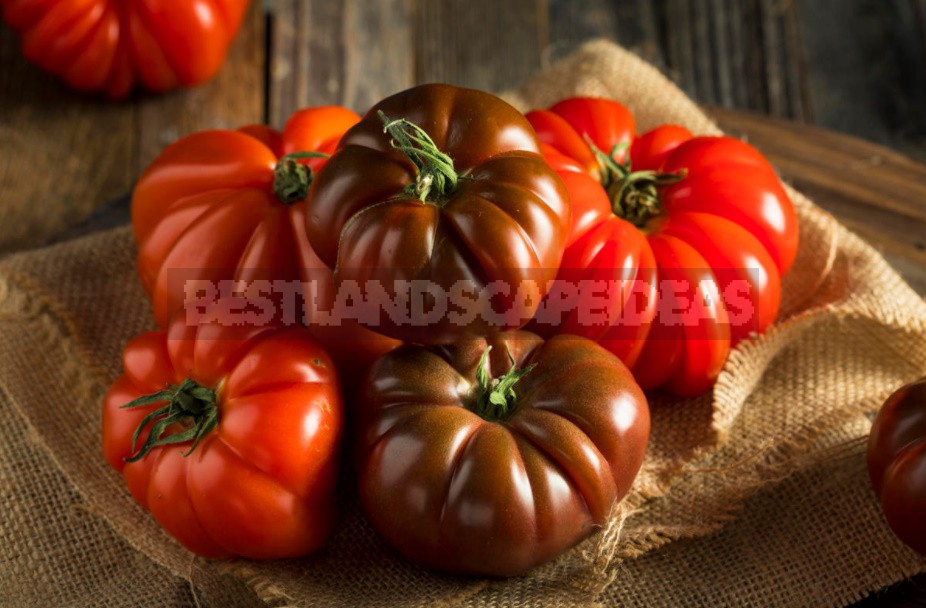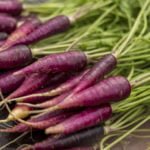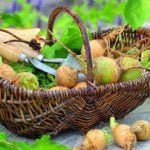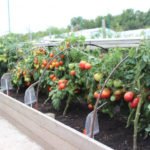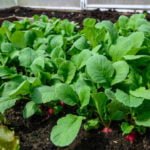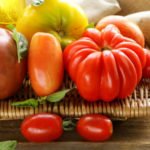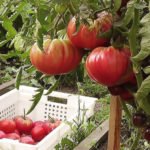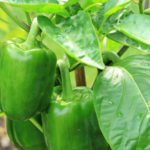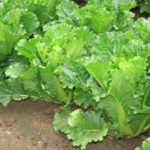Tomato is a multi-faceted culture. The available assortment varies according to the characteristics of plant growth and development, the shape, size and structure of leaves, stems, inflorescences and fruits. A special variety is observed in the morphology and color of the fruits. The weight of the fruit ranges from a few grams to several kilograms. There are many classifications of tomato varieties, in which the shape and weight of the fruit is taken as a criterion.
What are beef tomatoes and how did they appear
Among the wild and primitive semi-cultivated forms of tomato, large-fruited ones are not found. This is the result of human activity, which in the process of breeding sought to increase the size of the product part of the cultivated plants, and tomatoes are fruits used directly for food.
In part, the size of the fruit increased when the plants were cultivated artificially on fertile soils and with good care. The selection of larger-fruited plants also did their job. The observation of farmers made it possible to identify and propagate some natural mutations in the tomato — for example, the fusion of flowers. At the same time, the fruits were formed larger, often multi-chambered and ribbed, more fleshy. Most likely, it was the descendants of such natural forms that became the founders of modern large-fruited tomato varieties.
Because of the fleshiness of the fruit, large-fruited tomatoes were called beef tomatoes. This term has successfully established itself in the lexicon.
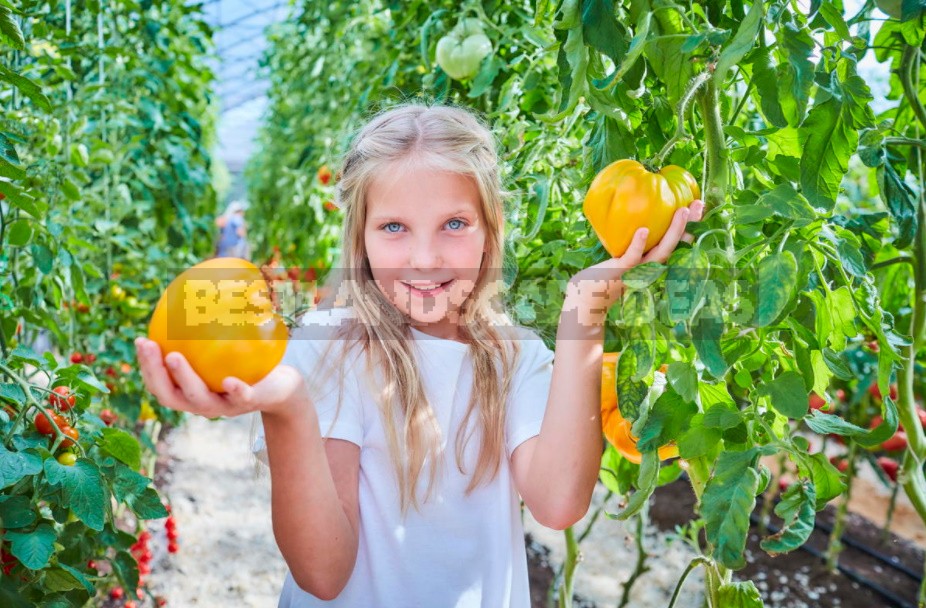
The first beefs had, as they now say, medium-sized fruits weighing about 200 g. Now bifami include larger forms with a fruit weight of more than 250-300 g. They are very popular with amateur vegetable growers. Most beefs have multi-chambered fleshy fruits with excellent taste qualities.
Many people like not only to eat beef tomatoes, but also to grow them on their own land. What is important to know for getting a crop?
Biological features of beef tomatoes
First of all, beef tomatoes are special varieties that have a large-fruited genetic basis.
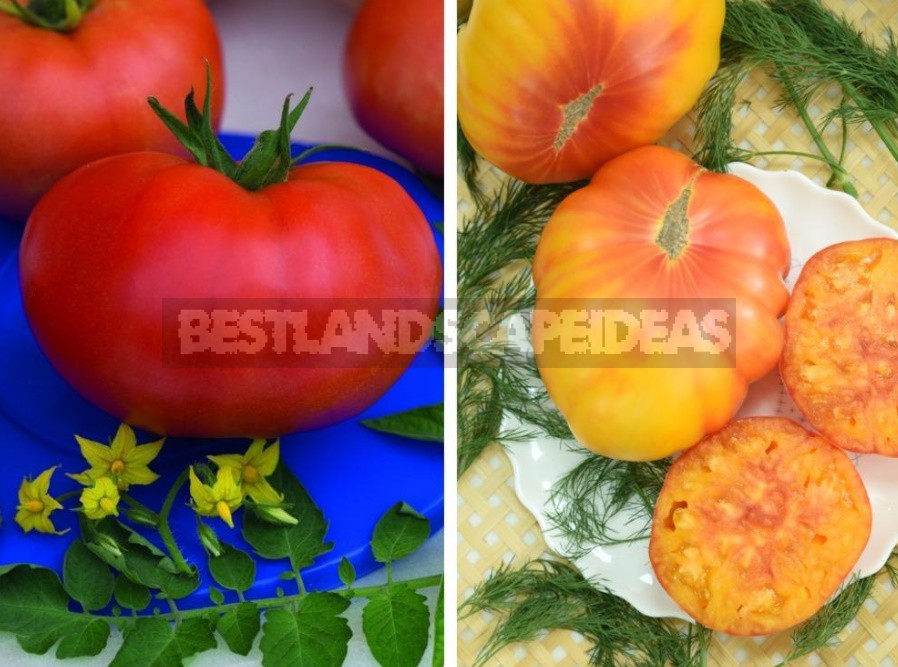
As a rule, large-fruited varieties have such a feature in the structure of the flower as fasciation — several flowers grow together. In the brush, the first flower can produce an irregularly shaped fruit, and it is better to remove it at the bud stage. If there are a lot of flowers in the brush, it is better to normalize them and leave no more than three — then more even and large fruits will form. Such a drawback is deprived of modern hybrids of beef-tomatoes: ‘Armada’ F1, ‘Coral Reef’ F1, ‘ Sir’ F1 and others.
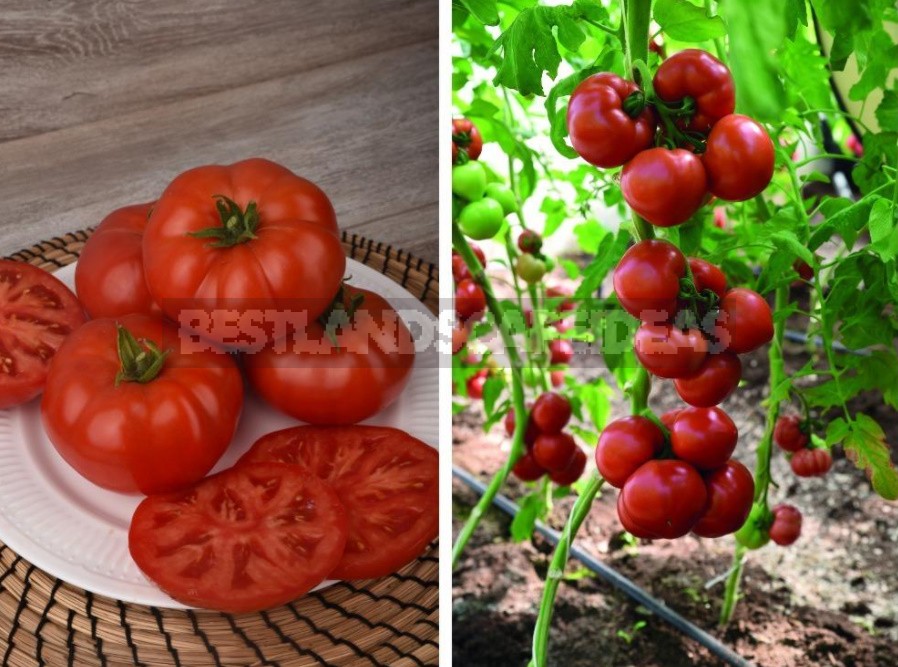
The formation of large and smooth fruits is influenced by pollination conditions. Under unfavorable conditions, when there is little pollen or it does not fall on the stigma of the pistil, the fruits become smaller and acquire an irregular shape, sometimes even with voids inside. This usually happens early in the spring and in the summer during the hot period. In greenhouses, they are used for additional pollination of bumblebees or use stimulators of fruit formation.
When the ovules turn into embryos, they become the center of attraction of nutrients in the plant. The embryos produce special hormones and control the filling of the fruit themselves. The fruits are formed the larger, the more seeds are tied. When treating flowers at the beginning of blooming or well-formed buds with stimulants, this signal is given to the plant by the preparations themselves. Seedless parthenocarpic fruits are formed, which quickly pour.
Most beef tomatoes have a powerful well-developed bush and belong to the group of indeterminate, i.e. varieties with unlimited growth of the main stem. They are easy to form into 1-2 stems. All other stepsons are simply removed.
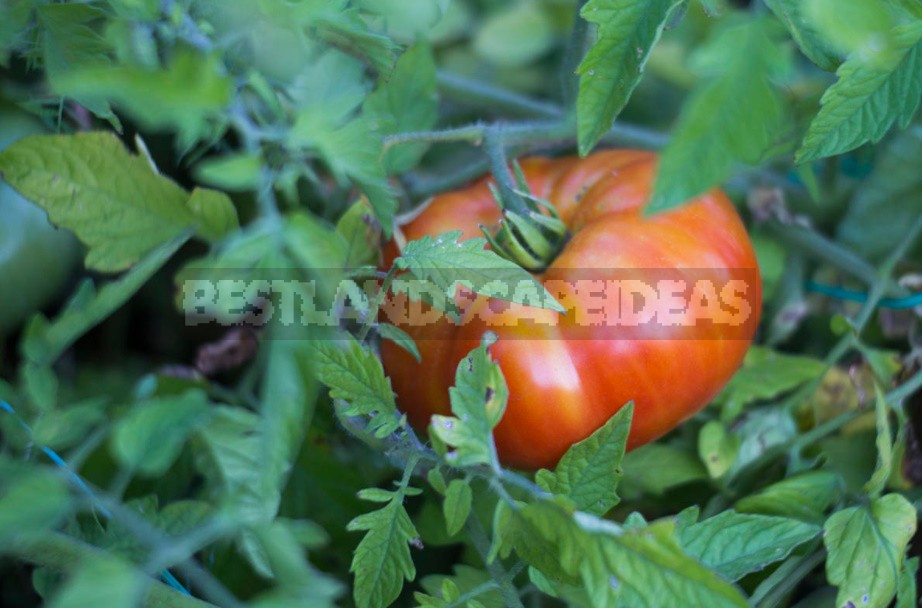
Tomatoes sometimes with excessive nitrogen nutrition can “fatten” — without spending nutrients on the formation of fruits, they form powerful leaves and shoots. Shoots grow even from the leaves. All this goes to the detriment of the crop.
Breeders create special varieties and hybrids of the so-called generative type, in which the growth of the stem is inhibited and the fruits have priority in formation. But for most other varieties, it is necessary to adjust the nutrition with phosphorus-potassium top dressing on the leaf, carrying out hard pruning of excess shoots and leaves, shortening the leaf blades.
Proper farming of beef tomatoes for a large harvest
Agricultural technology is of great importance in the cultivation of beef tomatoes. Fruit filling occurs not only due to an increase in the number of cells, which requires nitrogen, but also due to an increase in the size of the cells (growth by stretching), which requires their good watering. With a lack of moisture, the fruits are poorly poured.
In the hot period, to improve the supply of plants with moisture, potash fertilizing with special brands of fertilizers on the leaf is necessary. Non-root top dressing involves the so-called “potassium pump”, when the concentration of potassium is higher in the upper part of the plant, and water rushes from the roots along the stem to the leaves and fruits.
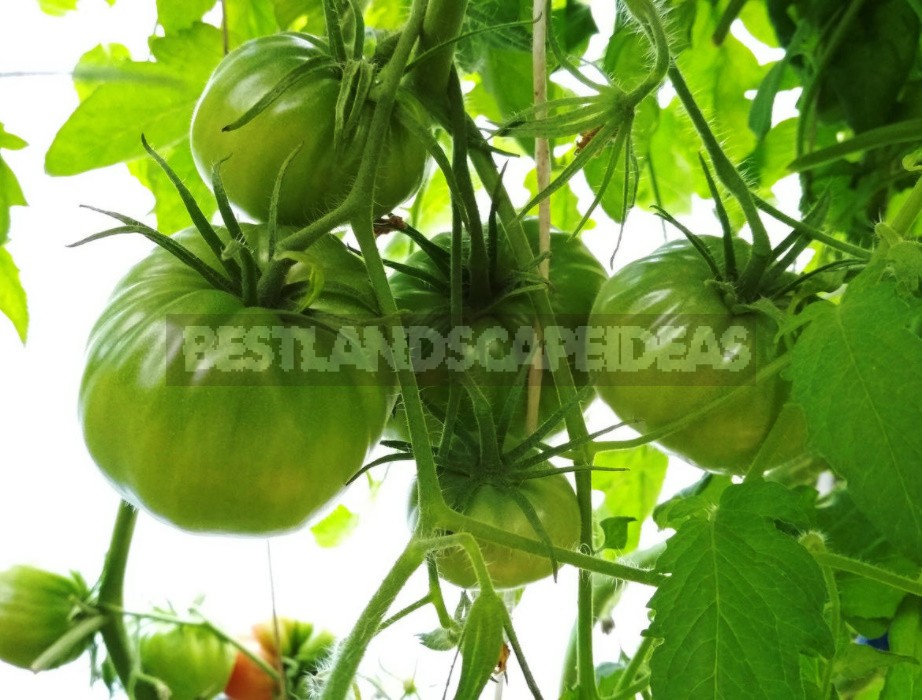
For filling, all the leaves should be well lit and not overshadow each other. This is achieved by placing plants and carrying out normalizing pruning and shortening of leaves. Tomato culture is smart and can “count” the days and nights. Therefore, when lighting up, it is necessary to extend the day, and not turn on the light in the middle of the night. Weak plants may form, which will not give a good harvest.
Filling is also good when the optimal air temperature is maintained when growing tomatoes. The temperature in the root zone should not be lower than +16 degrees. At lower temperatures, the root system does not absorb phosphorus well, and the plants turn red-purple from stress. Other processes in the plant are also not provided, primarily photosynthesis, which gives plants nutrients for growth and development.
An interesting feature of tomatoes is the need for lower night temperatures compared to daytime temperatures. If the optimum is within +22 during the day…+25 degrees, then at night it is only +16…+20 degrees. The accumulated nutrients from the leaves are transferred to the fruit and growth points during the day, rather than being spent on breathing.
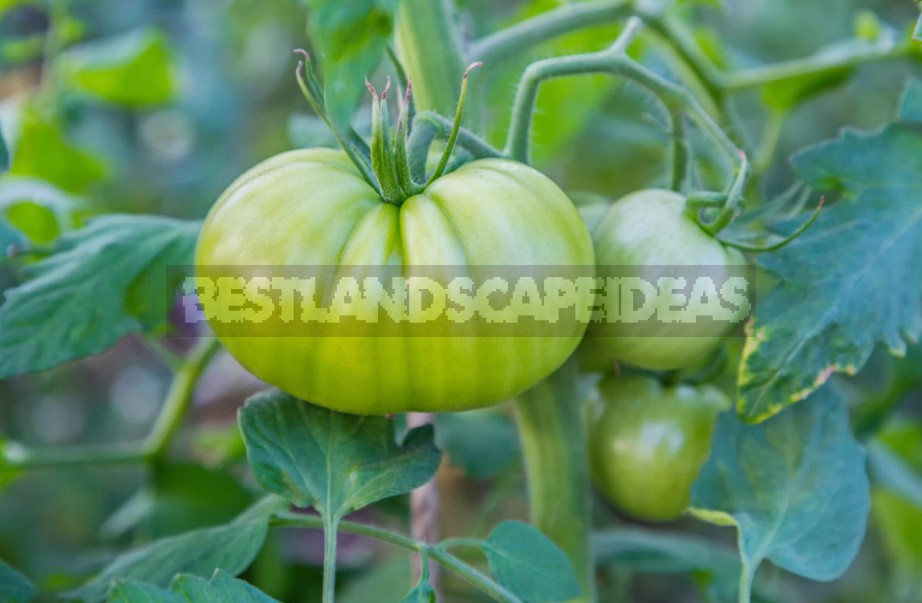
Tomatoes also like carbon dioxide fertilizing. To do this, amateur vegetable growers install containers with fermenting organic matter near tomato plantings: weeds, manure, etc.The carbon dioxide released is consumed by plants, and the fermented waste becomes fertilizer. On an industrial scale, carbon dioxide cylinders and gas burners are used.
To obtain safe products in the protection system, it is better to use biological products. This is due to the fact that the fruits are directly consumed, and they should not contain harmful compounds and residual amounts of pesticides. Therefore, most often bifs are grown in protected and insulated soil using biologized technologies. Even a simple cover of landings with a mosquito net solves many problems.
Useful properties of beef tomatoes
Beef tomatoes are not only very tasty, but also extremely useful. The lycopene contained in tomatoes — a natural antioxidant – helps to strengthen the cardiovascular system, prevent the development of cancer. Breeders offer beef tomatoes with a high content of useful substances.

Beef tomatoes are quite capable of growing anyone. This is a real pleasure when you get large, fleshy, delicious and very healthy fruits!
